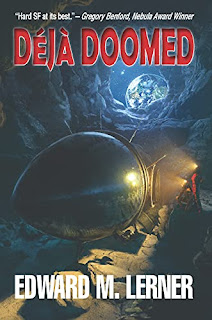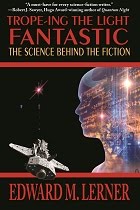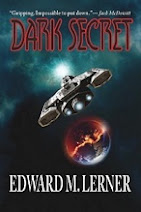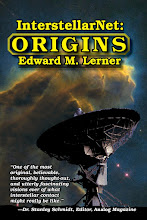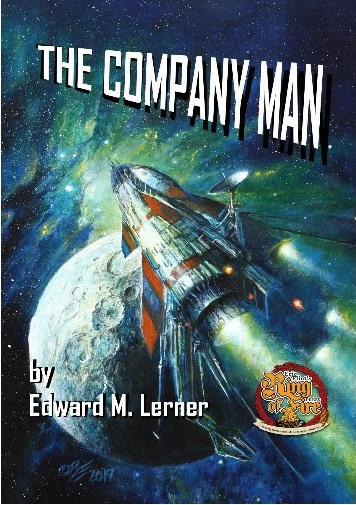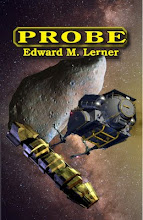I have posted enthusiastically several times about gravitational-wave detections by LIGO (that's the Laser Interferometer Gravitational-Wave Observatory) beginning with
Leggo my LIGO, in February 2016. Gravitational waves being
very weak, only cataclysmic events -- such as the collision of two black holes -- are (so far, anyway) detectable by the gravitational waves they emit. Of course black holes colliding are very cool events to be
able to detect.
In breaking news, the Nobel Committee also thought this was pretty keen: "
Three Americans win Nobel Prize in physics for gravitational wave discovery."
Rainer Weiss, Barry C. Barish and Kip S. Thorne have won the 2017 Nobel
Prize in physics. The three Americans are members of the LIGO-Virgo
detector collaboration that discovered gravitational waves. The prize
was awarded “for decisive contributions to the LIGO detector and the
observation of gravitational waves,” the committee said in a news
release.
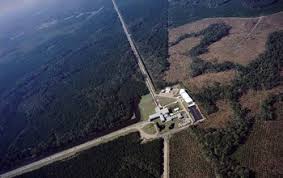 |
| That's one LIGO instrument |
LIGO consists of two detectors, placed half a continent apart. To have just one won't do, because it's necessary to distinguish between the tiny jiggle of passing gravitational waves and, say, the rumble of nearby thunderclaps or passing trucks. As a bonus, when both instruments detect a signal, the slight difference in arrival times (the waves traveling at light speed) gives a rough sense for the direction from which the signal originated.
Emphasis on
rough.
And another current event, from
Sky and Telescope: "
Fourth Gravitational Wave Event Detected." What makes this latest detection different from the original three is that, together with LIGO, the Advanced Virgo detector of the European Gravitational Observatory
also recorded the event. It's the first for Virgo. And also, a Big Deal. From the
S&T article:
With just the two LIGO detections, the uncertainty area measured some
1,160 square degrees on the sky," says Shoemaker. "By adding the Virgo
data, this could be brought down to just 60 square degrees."
Mind you, 60 square degrees still covers a lot of sky -- the full Moon covers about a quarter of one square degree. But a reduction from 1160 down to 60 remains a huge improvement. Optical telescopes have not yet seen anything unusual in the target area, but ... maybe next time.









